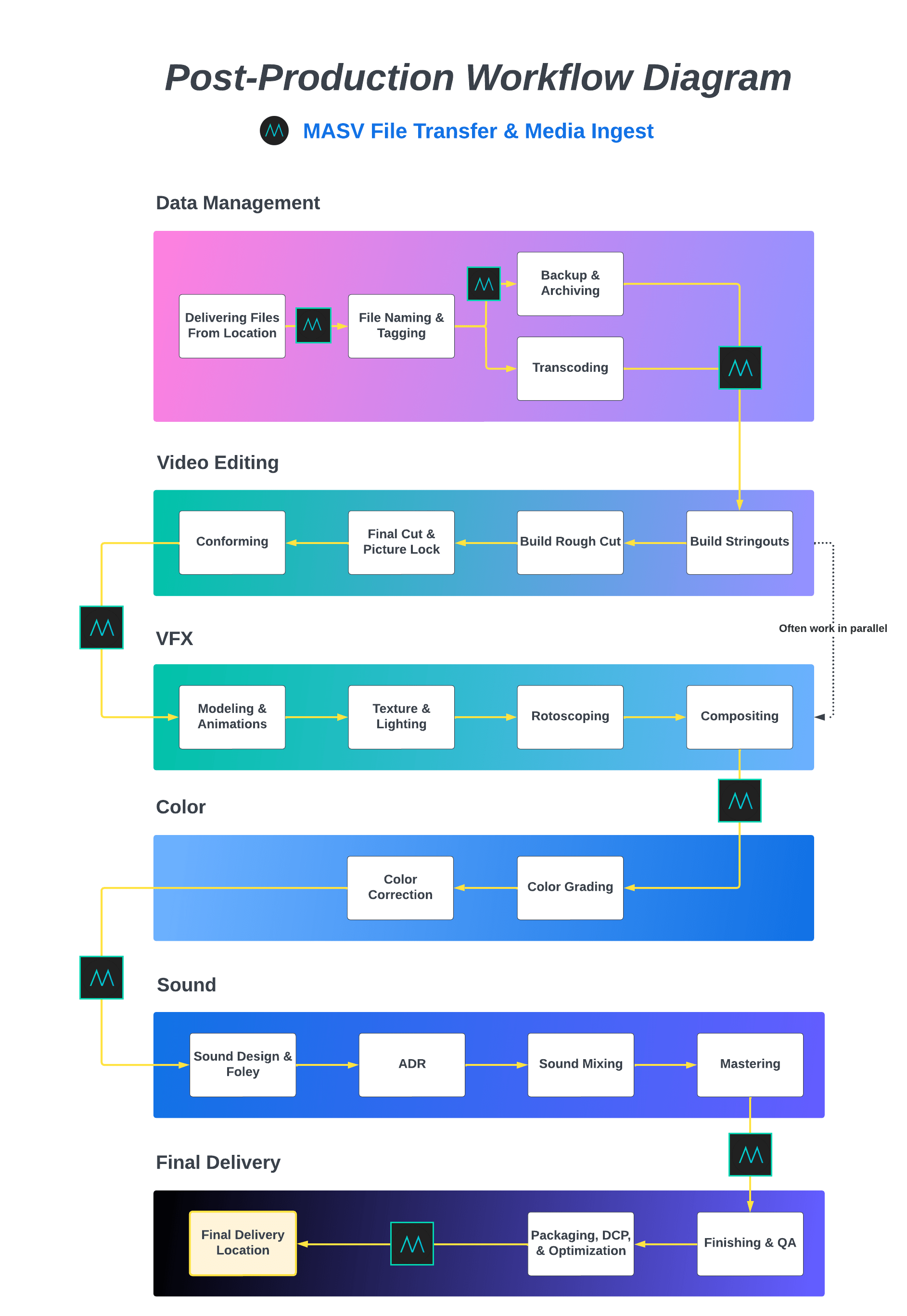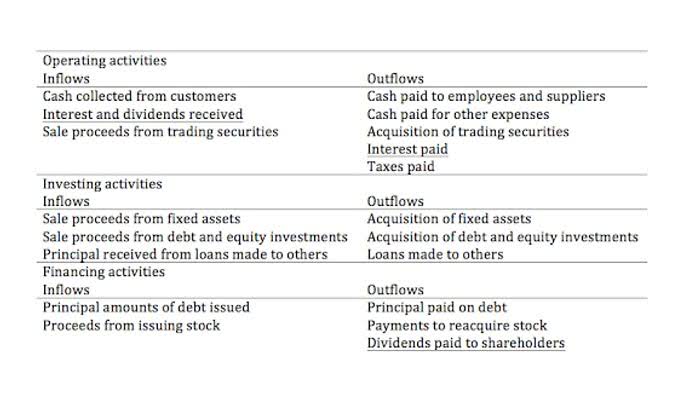Following these guidelines is so important because it offers transparency when conducting the audit process or dealing with investors. Keep your business growth in mind when creating a COA, so you can add new accounts that you might require as soon as your business starts growing. In short, you need to remember what lies ahead and prepare the chart that aligns with your future needs.
Each account allows you to track transactions within the software and produce financial statements, including Balance Sheet and Income statement (Profit and Loss). For example, many accounts that are essential in manufacturing are not commonly used by retail businesses, including the composition of cost of goods sold (COGS). Therefore, when crafting a chart of accounts, always consider the tax legislation, financial reporting standards, government regulations and other compliance requirements relevant in your circumstances. Since different types of entities use different types of accounts, there is no one single chart of accounts template that would be applicable to all businesses. Each account in the chart of accounts is usually assigned a unique code by which it can be easily identified. This identifier can be numeric, alphabetic, or alphanumeric, with each digit/letter typically representing the type of account, company division, region, department and other classifiers.
So, that’s right, whether you like it or not, the larger your company, the more difficult it becomes to manage. The accounting term that means an entry will be made on the left side of an account. A diagram depicting a company’s hierarchy or chain of command, its business segments, functions, and departments. When you need to add new nominal codes to your CoA, it is worth checking if a code is already in use that is suitable for the purpose. To check what information is needed, look at previous code details, which should help.
Within the numbering system you’ve chosen, assign numbers to each account. Start with broader categories at the beginning of the range and get more specific as you move up. Equity accounts will vary significantly based on the structure of the business. For instance, whether it’s a corporation, partnership, or sole proprietorship. Long-term liabilities are financial obligations that are due after more than one year.
Another way to track restricted funds is by using classes or departments in some cloud accounting packages. Current Assets – A business can quickly convert these assets to cash and include bank, cash and accounts receivable. The accounting software then aggregates the information into an entity’s financial statements. It’s not always fun seeing a straightforward list of everything you spend your hard-earned money on, but the chart of accounts can give you an important view of your spending habits. You can get a handle on your necessary recurring expenses, like rent, utilities, and internet. You can also examine your other expenses and see where you may be able to cut down on costs if needed.
Management
As you can see from the two accounting numbering examples, the systems are different. Sage uses a different numbering system starting from 0010 and ending at 9999. Don’t worry about the system you use, as you will soon get used to the account codes and where to add them. The most important component when working with a chart of accounts is consistency, which enables the comparison of financials across multiple accounting periods and business units. Similarly, the accounts listed within the chart of accounts will largely depend on the nature of the business. Even for a small business, however, more digits allow the flexibility to add new accounts as the business grows in the future, while maintaining the logical order of the coding system.
The revenue account not only gives you an idea of sales performance but also identifies the top-selling products. The owner’s share, once the liabilities are taken off from the assets, also needs to be included in the chart. Well, we can’t create a basic chart of accounts for your company, but we can certainly guide you on what is a COA, why it matters, and what to include while preparing a simple chart of accounts. This account balance or this calculated amount will be matched with the sales amount on the income statement. As you will see, the first digit might signify if the account is an asset, liability, etc.
What does a COA normally include?
The Chart of Accounts is an indispensable tool in the realm of accounting, vital for accurate and efficient financial management. Understanding its structure, types, and best practices is key to maintaining an organized financial record-keeping system. Maintaining a COA requires regular updates to reflect the evolving needs of the business. As companies grow and diversify, 8 tips to strengthen your grant budget new accounts may need to be added while obsolete ones are removed. This dynamic maintenance ensures that the COA remains relevant and continues to support accurate financial reporting and decision-making.
- Every time you record a business transaction—a new bank loan, an invoice from one of your clients, a laptop for the office—you have to record it in the right account.
- Businesses can adjust their COAs to reflect their size and nature so the tool remains relevant and useful.
- For example, all of the listings from 100 to 199 are assets, while all of the listings from 200 to 299 are liabilities.
Bookkeeping
Intuit accepts no responsibility for the accuracy, legality, or content on these sites. Current liabilities are any outstanding payments that are due within the year, while non-current or long-term liabilities are payments due more than a year from the date of the report. The number of figures used depends on the size and complexity of a company and its transactions. For accuracy in period-to-period comparisons, maintain the same chart of account format over time. For my bookkeeping spreadsheet business, one of the headaches was managing both stocks and expenses.
Every time you add or remove an account from your business, it’s important to record it in your books and your chart of accounts (COA) helps you do that. Assets are resources your business owns that can be converted into cash and therefore have a monetary value. Examples of assets include your accounts receivable, loan receivables and physical assets like vehicles, property, and equipment. Review and refine your chart of accounts periodically to ensure that it remains relevant and accurate. If you acquire another company, a key task is shifting the acquiree’s chart of accounts into the parent company’s chart of accounts, so that you can present consolidated financial results. This process is known as mapping the acquiree’s information into the parent’s chart of accounts.
COA Categories
These sub-accounts include operating revenues, operating expenses, non-operating revenues, and non-operating losses. Business functions or company divisions may also organize the sub-accounts. Jayanti Katariya is the founder & CEO of Moon Invoice, with over a decade of experience in developing SaaS products and the fintech industry.
It should include categories that cover all aspects of the business, from assets and liabilities to revenues and expenses, allowing for detailed tracking and management of financial activities. Overly complex charts can lead to confusion and errors, while a flexible structure will accommodate future growth and changes in the business. The COA is a structured list of all the accounts only for recording financial transactions. Whereas, the balance sheet is a financial statement representing the company’s financial position. If the rented space was used to manufacture goods, the rent would be part of the cost of the products produced.
This assessment will help activity ratios definition formula tailor the COA to accurately reflect how your business operates financially. Consider the types of transactions you frequently handle, such as sales, purchases, payroll, and loans. Also, think about future business expansions or diversifications and how they might impact your accounting needs. A chart of accounts, or COA, is a list of all your company’s accounts, together in one place, that is a part of your business’s general ledger. It provides you with a birds eye view of every area of your business that spends or makes money.
Chart of Accounts gives a consolidated view of the financial transactions affecting a company’s balance sheet and income statement. Depending on the size of an organization, a firm can have multiple entries for expenses and income in an accounting year. Keeping an updated COA on hand will provide a good overview of your business’s financial health in a sharable format you can send to potential investors and shareholders.
- She founded Business Accounting Basics, where she provides free advice and resources to small businesses.
- A chart of accounts gives you great insight into your business’s revenue beyond just telling you how much money you earn.
- The general rule for adding or removing accounts is to add accounts as they come in, but wait until the end of the year or quarter to remove any old accounts.
What is a chart of accounts and how to set one up examples included
Intuit Inc. does not have any responsibility for updating or revising any information presented herein. Accordingly, the information provided should not be relied upon as a substitute for independent research. Intuit Inc. does not warrant that the material contained herein will continue to be accurate nor that it is completely free of errors when published. For instance, if you rent, the money moves from your cash account to the rent expense account.
The COA is generally structured to display information in the same sequence as consolidated financial statements. This means balance sheet accounts are listed first, followed by income statement accounts. Cash and other resources that are expected to turn to cash or to be used up within one year of the balance sheet date. This numbering system helps bookkeepers and accountants keep track of accounts along with what category they belong two. For instance, if an account’s name or description is ambiguous, the bookkeeper can simply look at the prefix to know exactly what it is.

















